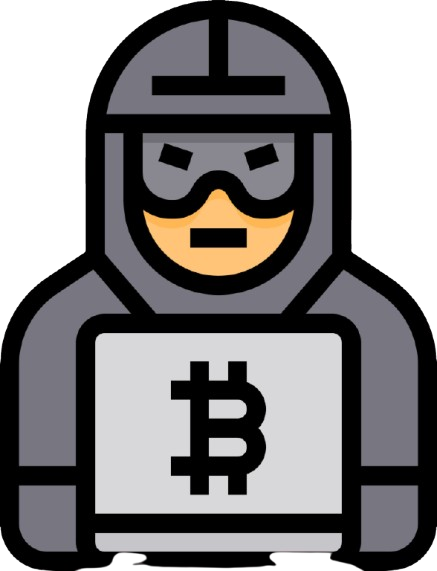
The crypto space offers enormous opportunities, but it also attracts fraudsters looking to steal funds from unsuspecting users. Every year, fake exchanges appear that look professional, promise high returns, and even feature convincing customer support. Learning how to spot these scams before depositing your funds on crypto exchanges or when you Buy Bitcoin is crucial for protecting your digital assets.
Here’s a practical guide to recognizing red flags and staying safe.
Why Verification Can’t Be Skipped
Verification processes like KYC (Know Your Customer) exist for a reason: they ensure that the platform is legitimate and regulated.
If an exchange doesn’t clearly show its registration, licenses, or security measures, it’s a major warning sign. Skipping verification might save time, but it could also cost you your entire deposit. Always check before you send any funds.
How Scammers Trick You with WhatsApp and Signals
Fake exchanges often use social media and messaging apps like WhatsApp or Telegram to lure victims. They promise insider trading tips or exclusive trading signals, creating a false sense of trust.
Once you deposit funds, withdrawals get delayed or blocked. Victims are often asked to pay “network fees” or “verification taxes” to access their balance — fees that never end. These tactics rely on social engineering, making them surprisingly sophisticated.
Red Flag: Customer Support Sliding Into Your DMs
Legitimate exchanges rarely, if ever, contact users through direct messages on social platforms. Yet scammers frequently pose as “customer support” and reach out with urgent messages claiming your account is frozen or at risk.
Never share your wallet seed phrase or login credentials. If someone contacts you out of the blue, it’s almost certainly a scam. Trust official support channels on the exchange’s website.
No KYC? Beware

Some platforms advertise “no KYC, instant trading” to attract users. While this may sound convenient, it’s often a warning sign. Legitimate exchanges require identity verification to comply with regulations and protect both the platform and users.
If you can trade without providing any personal information, it’s worth stepping back and questioning why. Scammers avoid KYC so they can disappear with your funds.
Crypto-Only Transactions Are a Warning Sign
Platforms that only accept cryptocurrency and don’t allow deposits or withdrawals in fiat (bank transfers, cards) are often not registered with financial authorities. This lack of oversight is a strong indicator of a potentially fraudulent platform.
Real exchanges integrate fiat options alongside crypto, giving users flexibility while remaining compliant with local laws.
Influencer Hype Doesn’t Equal Trust
Scammers frequently use celebrity endorsements or influencer promotions to make their platforms look legitimate. Slick marketing and flashy videos can make a platform seem trustworthy.
However, after several high-profile collapses, savvy investors now know that verifiable regulatory compliance matters far more than social media hype. Don’t let marketing sway your judgment.
Fake Fees That Block Your Withdrawals
One of the most common scam tactics involves fake withdrawal fees. The exchange may let you withdraw small amounts initially to build trust. Later, larger withdrawals are blocked unless you pay “taxes” or “commission charges.”
These fees never end, designed to drain your account while keeping you hopeful that your funds will eventually be released. Always be skeptical of any platform that asks for extra charges after your initial deposit.
Quick Checks to Verify the Exchange

A few minutes of research can save you from losing your portfolio. Start by checking the website domain to ensure it matches the official brand and isn’t a look-alike. Next, verify the team by looking up the founders and executives on LinkedIn to confirm their professional history. Finally, confirm regulatory registration by searching government databases or financial authority records to make sure the platform is recognized.
These steps are simple but powerful ways to confirm legitimacy before trusting any platform with your funds.
Final Thoughts
Crypto scams are on the rise, but awareness is your best defense. Every investor has the tools to verify a platform’s legitimacy before sending funds. Remember: real exchanges welcome scrutiny, while scammers avoid it.
Take your time, do your research, and never rush into deposits. With careful habits, you can safely navigate the crypto space and take advantage of its opportunities without falling prey to scams. Knowledge, vigilance, and patience are the keys to protecting your digital assets.